Timber is a classic building material in Aussie homes, and for good reason. It not only looks great, but is built to last. Whether you need a cubby house that’ll age well alongside growing kids, or you’re dreaming of the perfect permanent gazebo for entertaining friends in the summer – timber is the best choice.
If you want your timber to thrive for years to come, you need to take care of it. Regular upkeep makes all the difference. This guide will walk you through everything you need to get started with timber, from choosing the right timber for outdoor projects, to how to protect it from Australia's harsh climate.
Everything you need to know before you buy is in this guide.

Why Timber is a Great Choice for Aussie Backyards
More and more Australians are looking for backyard renovations and DIY solutions every year. In fact, according to Otto Media the number of searches for outdoor furniture & living content has seen a major boost post-COVID-19 as homeowners are realising just how important it is to maximise comfort in their own home.
Timber is so popular because it’s timeless. It can be adapted to any backyard style, whether that’s rustic and natural, or something more sleek and modern. It’s strong, it’s versatile, and it’s easy to work with. You get the best of both worlds with timber – form and function.
The CSIRO confirms that different timbers vary significantly in their durability and resistance. This makes choosing the right species of timber with your landscaping plans is vital.
Choosing the Right Timber for Outdoor Use

Not all timber is created equal. Some types are better suited for outdoor use than others. Here’s a quick breakdown:
Treated Pine
Treated pine is one of the most popular choices for outdoor timber projects. It's budget-friendly, lightweight and, when treated properly, it’s resistant to termites and rot. It’s great for fencing, play equipment, planter boxes, and garden edging.
Merbau
Merbau is a dense hardwood that’s naturally resistant to decay and insects. You’ll often see it being used for decking and outdoor furniture, given its durability and gorgeous colour. The only downside is the risk of natural staining (tannin), so sealing Merbau properly is a must!
Spotted Gum
This Aussie native is perfect for structural timber applications. It’s strong, beautiful, and holds up well in exposed environments like pergolas, decks, or outdoor play equipment.
Cypress Pine
Cypress pine is termite-resistant and emits a natural scent that repels pests. It’s often used for pergolas and outdoor framing, as well as sandpits & mud kitchens.
What to Consider Before You Choose
-
Use: Is it for sitting, playing, or standing? For example, furniture and cubby houses will need a smooth, splinter-free timber.
-
Exposure: Timber exposed to full sun and rain needs to be durable!
-
Budget: While treated pine is more affordable, more expensive hardwoods are longer-lasting.
In your search for timber, choosing the right species and grade is vital. Reach out to reputable timber suppliers, like Pinus Sawmills, to make sure you’re investing in high-quality outdoor-grade products fit for your exact backyard project needs.
Bonus: The Australian Timber Database provides in-depth species profiles, including performance ratings, making it a useful tool for backyard DIYers.
Sealing and Maintaining Timber in Australian Conditions
Australia’s weather can be brutal. Intense sun, heavy rain, humidity, frost. You name it. Australia’s got it. These factors take a real toll on unprotected timber. That’s why sealing and regular maintenance are musts!
How to Seal Outdoor Timber
-
Start with a clean surface: Use a timber cleaner and lightly sand the surface to remove dirt and old coatings.
-
Choose the right sealant: Look for an exterior-grade oil or water-based sealant. Oils penetrate the timber, while water-based sealers provide surface protection.
-
Apply evenly: Use a brush or roller and apply two thin coats. Make sure the timber is dry before starting.
-
Reapply annually: Aussie sun will wear down any finish. A yearly recoat keeps timber looking fresh and protected.
Extra Tips for Timber Longevity
-
Try to keep furniture up and off the ground to stop water from entering and weakening the timber.
-
Use rust-proof hardware to avoid staining or weakening the timber.
-
Check for splinters or cracks in kids' play equipment every few months to be safe.
-
Keep it clean. Dirt and leaves trap moisture, which can lead to the timber decaying.
Bonus: The Queensland Government’s Building Guidelines provide detailed advice on sealing and maintaining exterior timber structures.
Best Timber Options for Outdoor Furniture & Play Equipment

There’s no point in building outdoor furniture or play gear that lasts for years if it’s uncomfortable and, even worse, unsafe.
Here are a few things to keep in mind:
Outdoor Furniture
Treated pine or hardwoods like Merbau and Spotted Gum are ideal for outdoor furniture such as benches, tables, and lounges. They’re stylish and long-lasting, giving you comfort and character. These species are hardy, handling daily wear with ease.
A great option would be a fir wood! Something like this 3-seater timber garden bench would be perfect for families looking for extra space that looks great and lasts years.
Play Equipment
When it comes to kids swings & playsets and cubby houses, going with the cheaper option might just put your loved ones at risk! These structures need to be built using safe, splinter-free timber that can handle climbing, swinging, and lots of energy.
Treated pine is a popular choice because it’s a great middle point between cost and quality. Aka, getting the best product for the best price! Remember though, your timber needs proper sealing and care to avoid things like weathering, splintering and rot.
Check out the Eden Outdoor Play Kitchen as a great example of a high-quality product that’ll last forever and keep your kids safe. Another example is this Plum wooden sandpit with canopy!
Wrapping It All Up
Timber is a staple in Aussie backyards. When properly cared for and prepped, it’ll be a stand-out feature in your garden for years – no matter the project. Timber comes in a range of species that each offer their own unique advantages. Since every project has it’s own set of needs in order to thrive, the key to a successful project is choosing the right type of timber for your job.
If you’re looking to upgrade your backyard with outdoor products designed durability, style and purpose in mind, The Best Backyard is your best bet.
FAQs About Outdoor Timber Products
What is the best timber for outdoor furniture in Australia?
Hardwoods like Merbau and Spotted Gum are excellent for outdoor furniture thanks to their strength and weather resistance. Treated pine is a cost-effective option if sealed properly.
How often should I reseal my outdoor timber?
In most Aussie climates, timber should be resealed once a year. High-traffic areas or furniture exposed to full sun may need more frequent touch-ups.
Can I use untreated timber outdoors if I seal it?
While sealing helps, untreated timber is not ideal for outdoor use. It's more prone to rot, insects, and moisture damage. Treated timber is always the safer option.
What’s the safest timber for children's outdoor play equipment?
Treated pine is commonly used for play gear due to its light weight and affordability. Ensure it is rated safe for contact surfaces and properly sealed to reduce the risk of splinters.
How do I clean my outdoor timber furniture?
Use a soft brush and mild detergent mixed with water. Avoid harsh chemicals or pressure washers, which can damage the timber grain.
Will my timber deck or cubby house fade over time?
Yes, UV rays will naturally grey timber if left unsealed. Applying a UV-resistant oil or sealer will help maintain the colour and prevent fading.
Is hardwood always better than softwood for outdoor use?
Not always. Hardwoods are more durable but also more expensive and heavier. Softwoods like treated pine are perfectly suited for many outdoor projects if maintained properly.


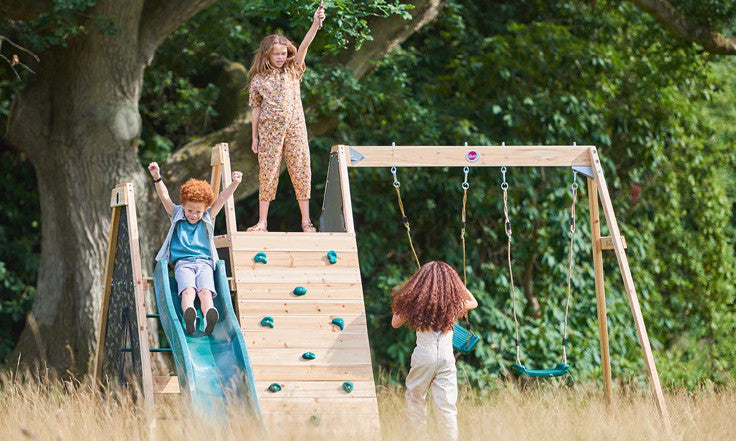

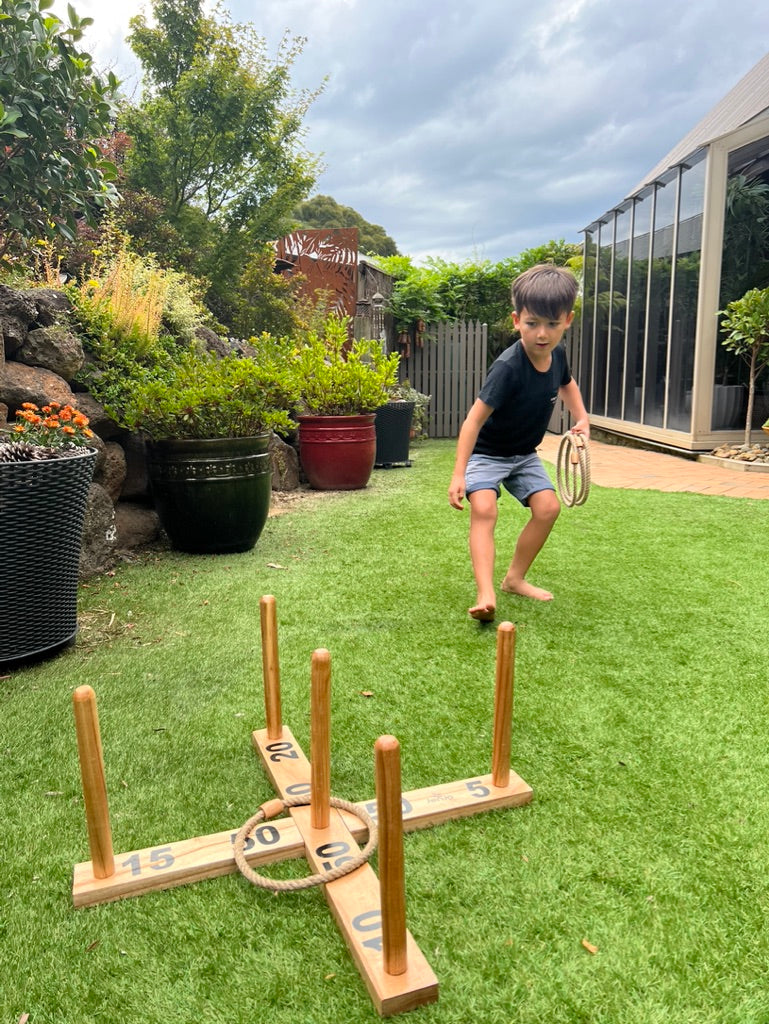
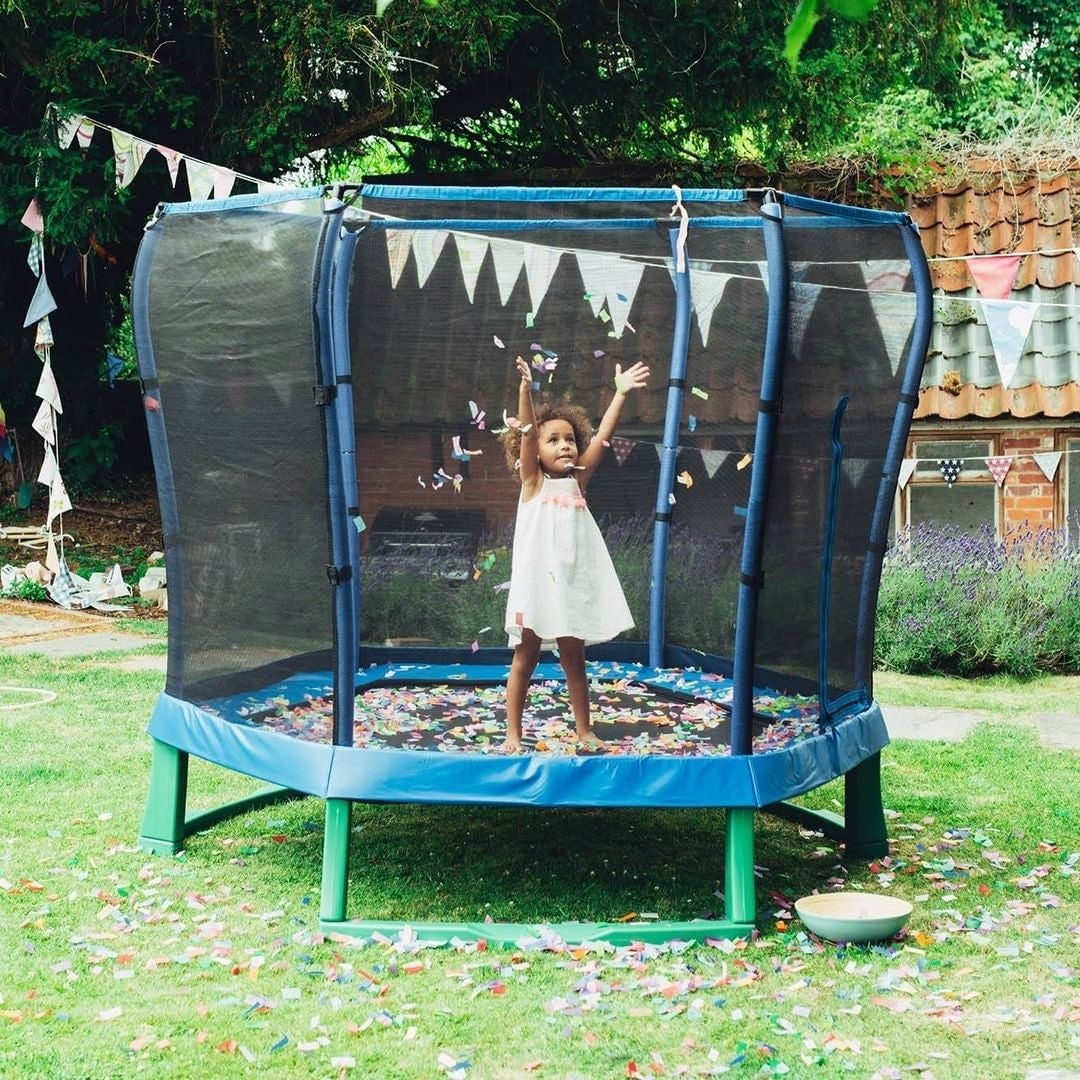
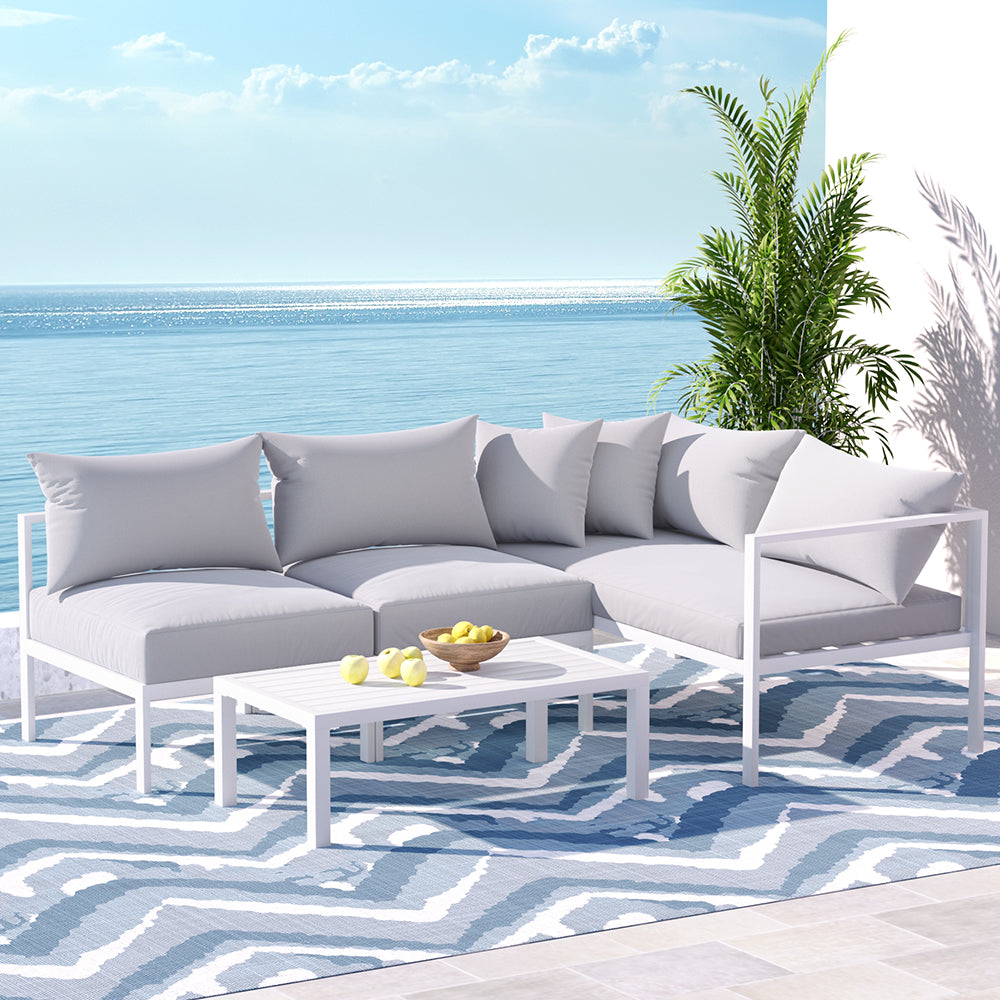
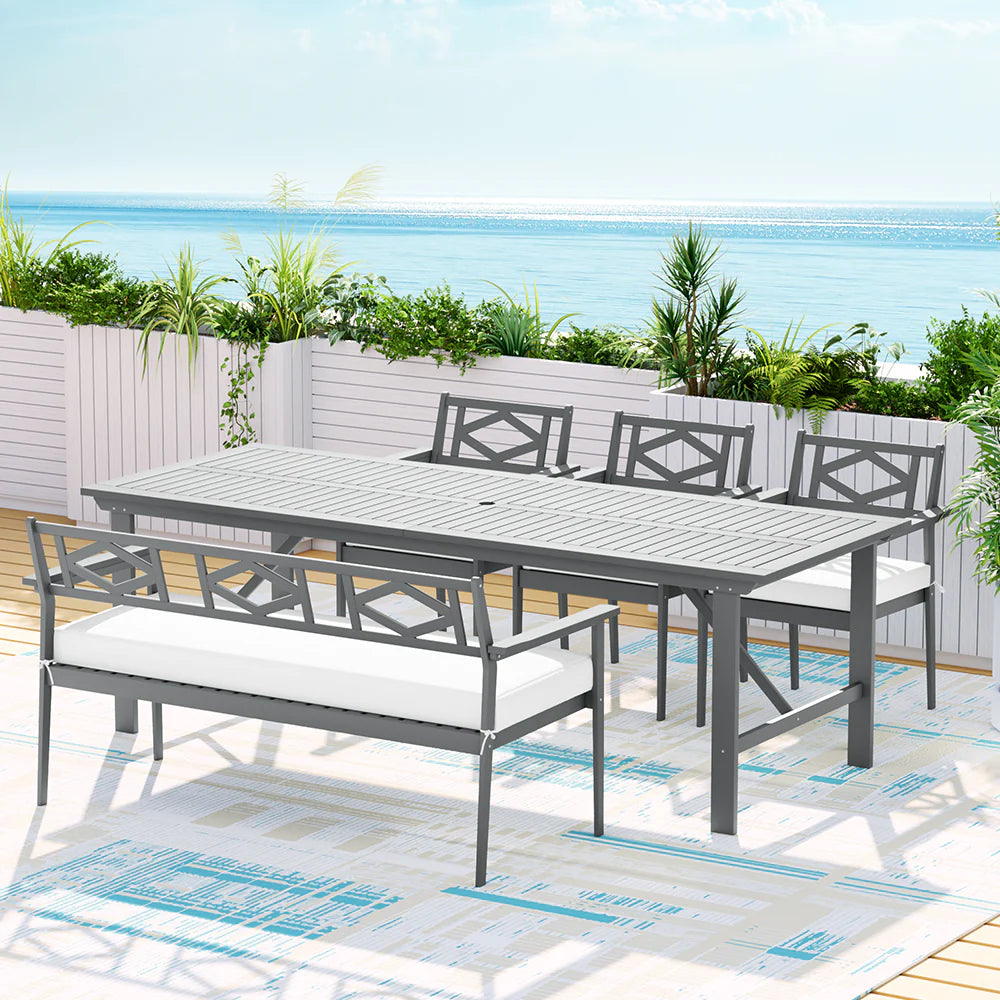
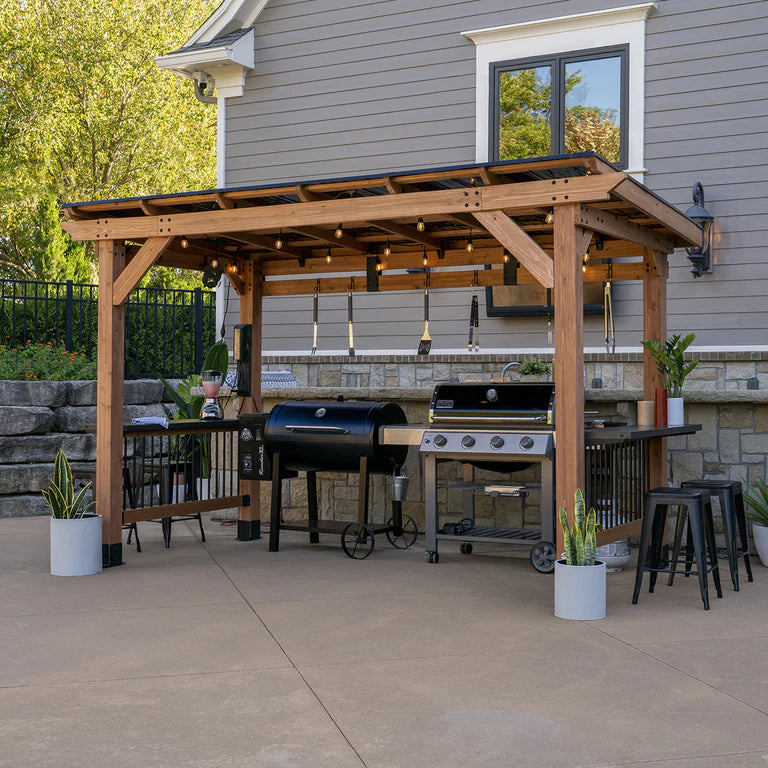
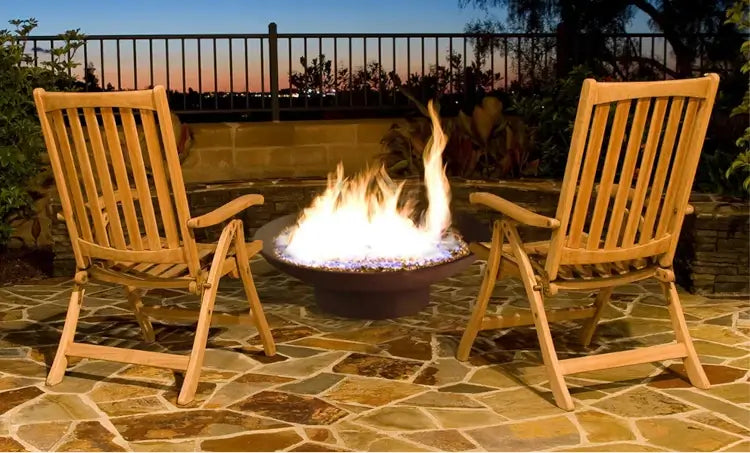
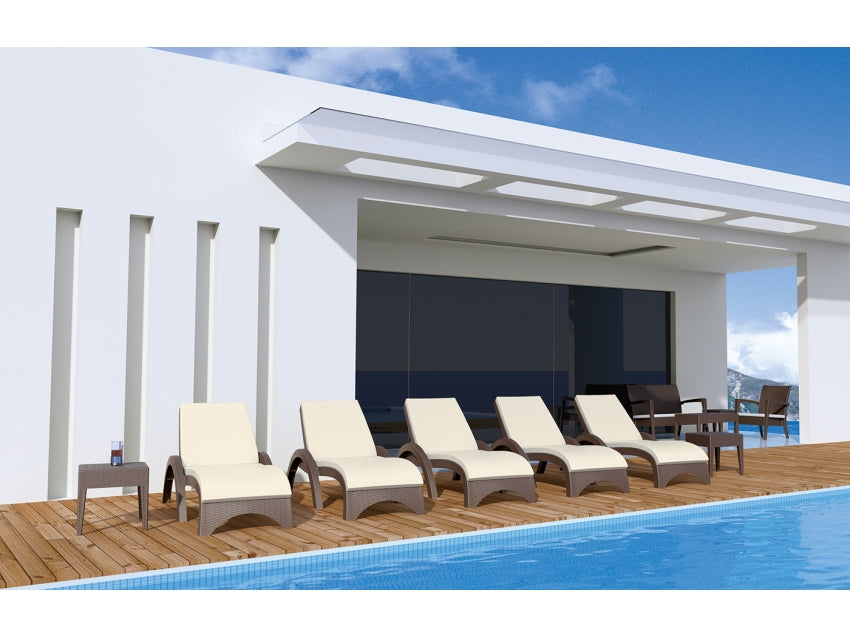







Leave a comment